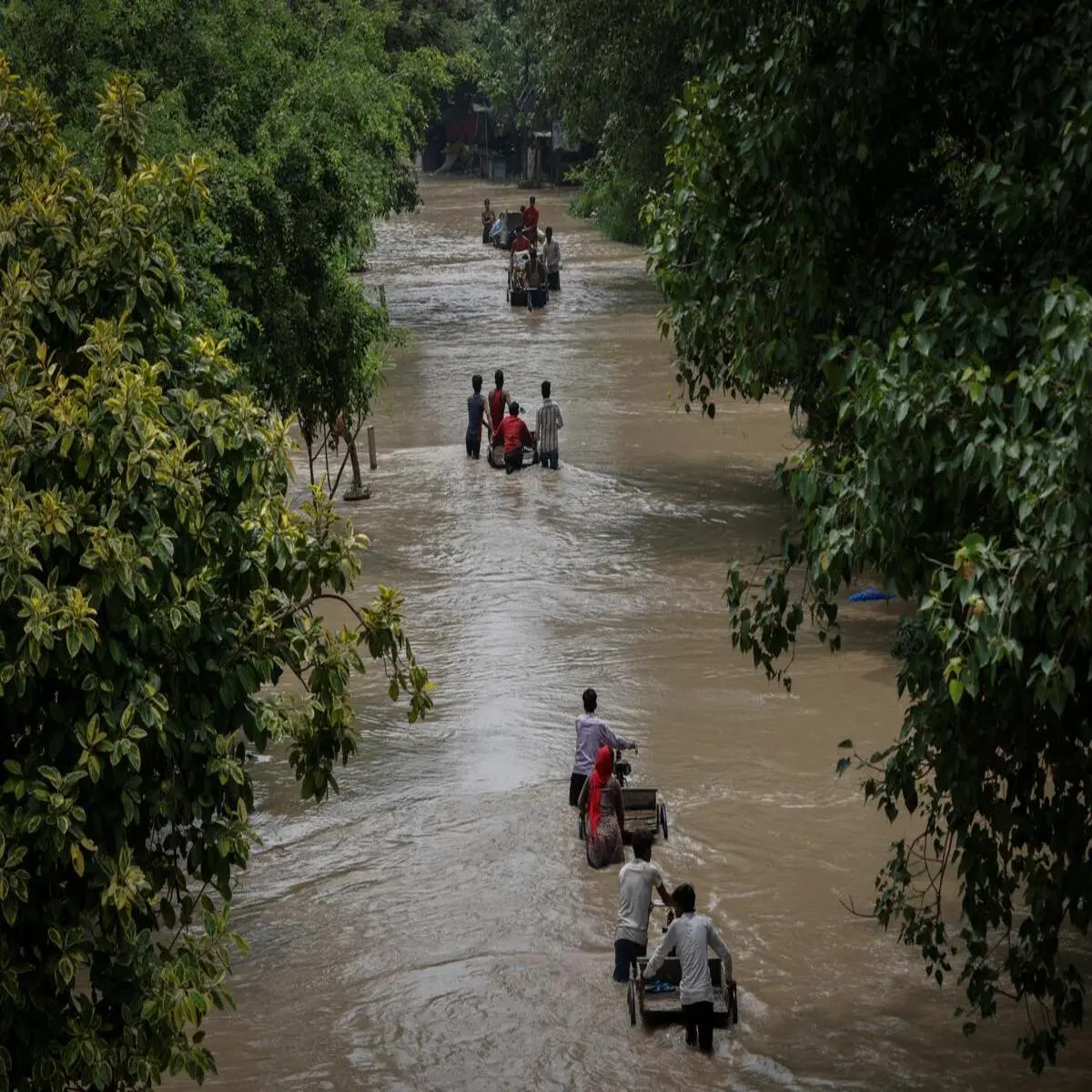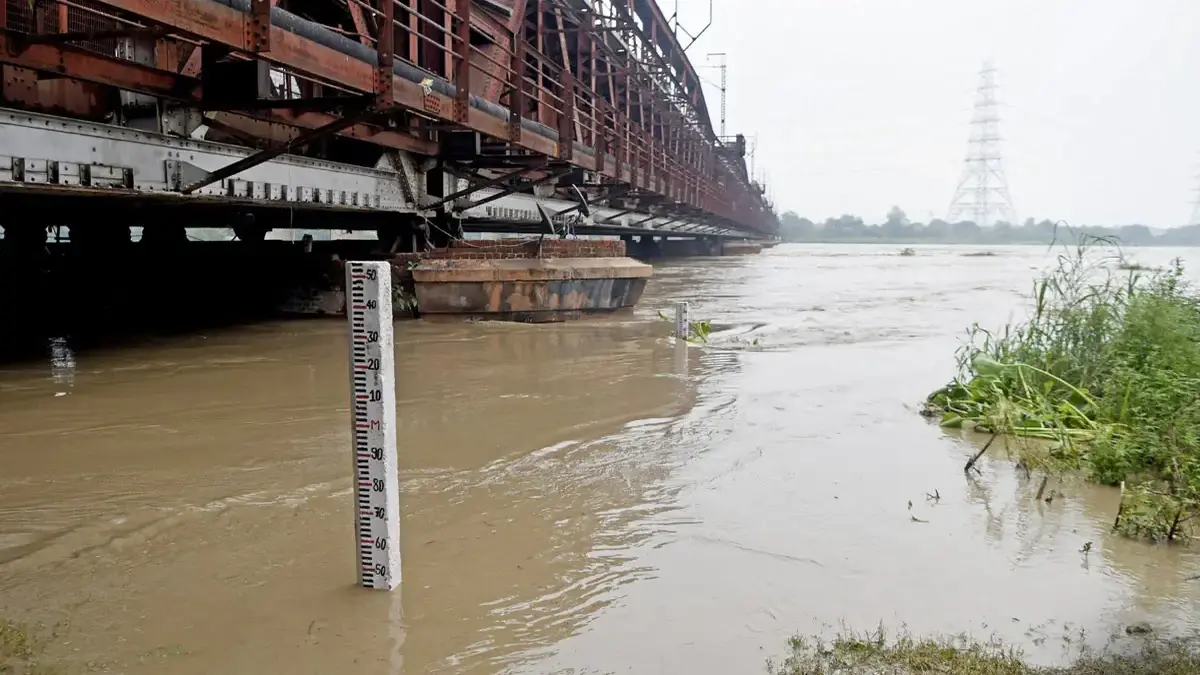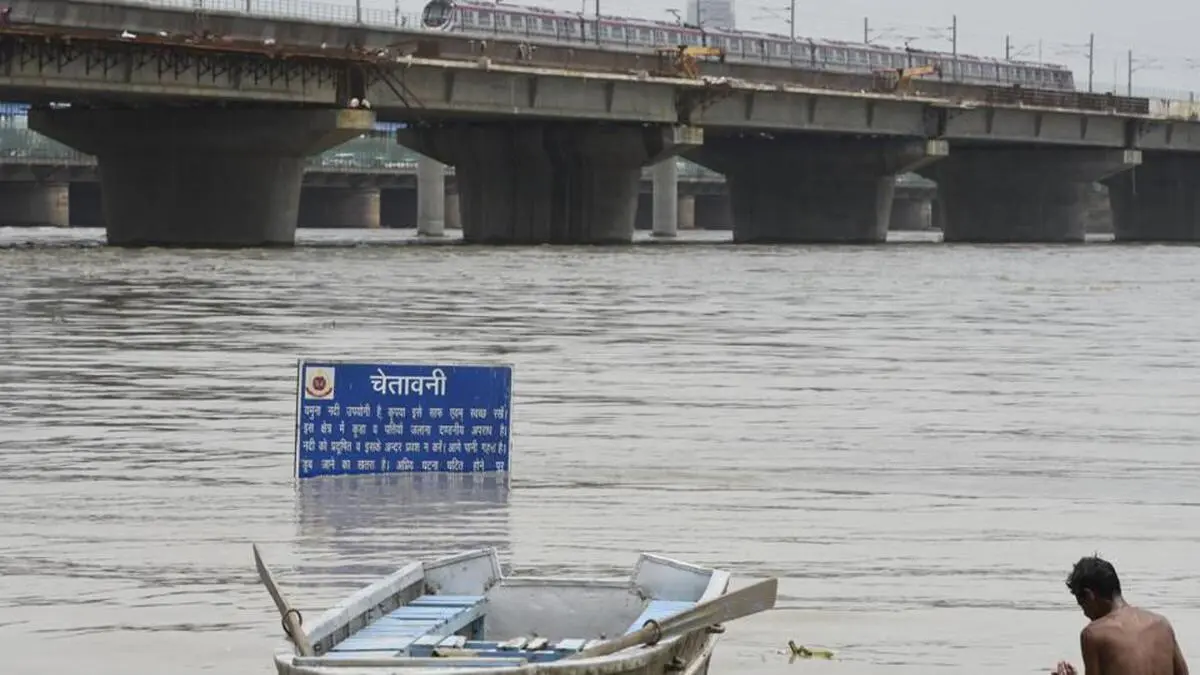
Table of Contents
1. Introduction
The Yamuna River, one of the most sacred rivers in India, is facing a significant challenge in recent years—rising water levels. This phenomenon has raised concerns among environmentalists, scientists, and local communities. In this article, we will explore the causes behind the rising waters of the Yamuna River, examining both natural and human-induced factors. We will also delve into the consequences of this crisis and the efforts being made to mitigate the situation.
2. Understanding the Yamuna River
The Yamuna River holds immense cultural and religious significance in India. Originating from the Yamunotri Glacier in the lower Himalayas, it traverses through several states before joining the Ganges River in Allahabad. The river serves as a lifeline for millions of people, providing water for irrigation, drinking, and industrial purposes.
3. Factors contributing to rising water levels
Heavy rainfall and monsoons
One of the primary natural factors leading to rising water levels in the Yamuna River is heavy rainfall, especially during the monsoon season. Excessive rainfall can overwhelm the river’s capacity, leading to flooding in nearby areas.
Deforestation and urbanization
Rapid deforestation and unchecked urbanization along the river’s banks have contributed significantly to the rise in water levels. The removal of vegetation reduces the river’s ability to absorb and retain water, resulting in increased runoff during rainfall.
Climate change
Climate change is another crucial factor affecting the Yamuna’s water levels. Changing weather patterns and increased temperatures have led to alterations in precipitation patterns, resulting in irregular and intense rainfall events.
4. Impacts of rising water levels
The rising waters of the Yamuna River have severe consequences for both the environment and human settlements.
Flooding and destruction of infrastructure
One of the immediate impacts of rising water levels is the occurrence of frequent floods. Floodwaters damage infrastructure, including roads, bridges, and buildings, causing immense economic losses.
Environmental degradation
The excess water in the river carries pollutants and sediments, leading to the degradation of the river’s ecosystem. Aquatic life suffers, and water quality deteriorates, posing a threat to the overall ecological balance.
Displacement of communities
Communities living along the Yamuna River are vulnerable to displacement due to flooding. As the river swells, homes and settlements get submerged, forcing people to evacuate and seek temporary shelter. This displacement disrupts their lives and livelihoods.
5. Human interventions and their consequences
Several human activities have contributed to the worsening of the Yamuna’s water level situation.
Dams and reservoirs
The construction of dams and reservoirs on the Yamuna River has altered its natural flow. While these structures provide benefits such as hydropower and irrigation, they have disrupted the river’s equilibrium, leading to unnatural fluctuations in water levels.
Encroachments and illegal constructions
Unregulated encroachments and illegal constructions along the riverbanks obstruct the natural flow of the river. These encroachments restrict the river’s capacity to accommodate water during periods of heavy rainfall, exacerbating the flood risk.
Waste dumping and pollution
Industrial and domestic waste, including untreated sewage, is often dumped into the Yamuna River. The pollution not only contaminates the water but also reduces its carrying capacity, contributing to the rising water levels.
6. Efforts for mitigation and conservation
Recognizing the severity of the situation, various initiatives have been undertaken to mitigate the rising waters of the Yamuna River.
River cleaning projects
Government-led campaigns and initiatives are focused on cleaning and rejuvenating the Yamuna River. Efforts are being made to reduce pollution levels and restore the river’s ecological balance.
Reforestation and afforestation
Planting trees along the river’s banks helps prevent erosion, improves water absorption, and provides a natural buffer during floods. Reforestation and afforestation initiatives are being undertaken to restore the river’s vegetation cover.
Sustainable urban planning
Adopting sustainable urban planning practices is crucial to mitigating the impacts of rising water levels. Implementing measures such as green infrastructure, stormwater management systems, and flood-resistant construction can help minimize the risks associated with flooding.
7. Conclusion
The rising waters of the Yamuna River are a complex issue with both natural and human-induced causes. While heavy rainfall and climate change contribute to the phenomenon, human interventions such as dams, encroachments, and pollution exacerbate the situation. Efforts for mitigation and conservation are essential to protect the river and the communities that depend on it. Through river cleaning projects, reforestation, and sustainable urban planning, we can strive towards a more sustainable and balanced approach to the management of the Yamuna River.
FAQs
1. How does heavy rainfall affect the water levels of the Yamuna River? Heavy rainfall can lead to an increase in water levels, overwhelming the river’s capacity and causing flooding in nearby areas.
2. What are the consequences of rising water levels in the Yamuna River? Rising water levels can result in flooding, destruction of infrastructure, environmental degradation, and the displacement of communities.
3. How do dams and reservoirs contribute to the rising water levels of the Yamuna River? Dams and reservoirs disrupt the river’s natural flow, causing unnatural fluctuations in water levels.
4. What can be done to mitigate the impacts of rising water levels in the Yamuna River? Efforts such as river cleaning projects, reforestation, and sustainable urban planning can help mitigate the impacts of rising water levels.
5. Why is the Yamuna River significant in India? The Yamuna River holds cultural and religious significance in India and provides water for irrigation, drinking, and industrial purposes.
GET MORE INFO-Crack The UPSC Exam 2024: Insider Insights








